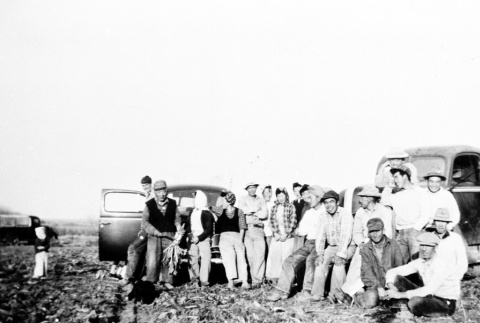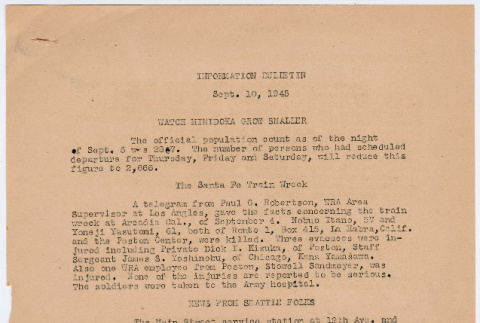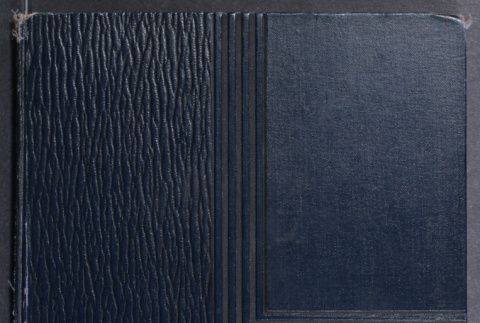26 items
- 1
- 2
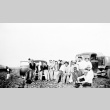
img
Work-leave crew (ddr-densho-5-8)
Japanese Americans harvesting sugar beets on the Lundeen farm. The Tom Matsuoka family relocated permanently to Montana. Other workers were from Tule Lake concentration camp who received permission to leave during the sugar beet harvest. Front (left to right): Ray Marks, Gus Lundeen, and John Matsuzawa. Back: Rulee Matsuoka (child on far left), unidentified, Itaro Ito, …
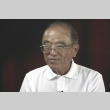
vh
Mits Koshiyama Interview (ddr-densho-1000-130)
Nisei male. Born August 7, 1924, in Mountain View, California. Grew up in the Santa Clara Valley, California, working on his family's leased strawberry farm. In June of 1942, he was involuntarily "evacuated" to Santa Anita Assembly Center, California, then to Heart Mountain concentration camp, Wyoming. Graduated from high school in camp and at the age …

vh
Mits Koshiyama Interview Segment 2 (ddr-densho-1000-130-2)
Attending grade school in the Santa Clara Valley, California: getting into fights after being called a "Jap" by other children

vh
Mits Koshiyama Interview Segment 19 (ddr-densho-1000-130-19)
Difficulties faced by resisters after the war; ways of showing patriotism and loyalty other than serving in the military

vh
Mits Koshiyama Interview Segment 1 (ddr-densho-1000-130-1)
Family background: father immigrated to the U.S., returned to Japan to marry

vh
Mits Koshiyama Interview Segment 7 (ddr-densho-1000-130-7)
Santa Anita Assembly Center: making camouflage nets, observing loss of family ties

vh
Mits Koshiyama Interview Segment 9 (ddr-densho-1000-130-9)
Moving to Heart Mountain concentration camp, Wyoming

vh
Mits Koshiyama Interview Segment 16 (ddr-densho-1000-130-16)
Feeling shocked and hurt upon hearing "guilty" verdict in draft resistance trial, sentenced to three years in prison

vh
Mits Koshiyama Interview Segment 21 (ddr-densho-1000-130-21)
Renewed interest in the stories of the World War II resisters

vh
Mits Koshiyama Interview Segment 4 (ddr-densho-1000-130-4)
Upon hearing of the Pearl Harbor attack, believing that the U.S. government would speak up and protect Japanese Americans: "but I was wrong"

vh
Mits Koshiyama Interview Segment 14 (ddr-densho-1000-130-14)
Arrest after refusing to report for induction physical

vh
Mits Koshiyama Interview Segment 13 (ddr-densho-1000-130-13)
Learning about the Fair Play Committee at Heart Mountain concentration camp, Wyoming

vh
Mits Koshiyama Interview Segment 10 (ddr-densho-1000-130-10)
Realization in camp that the incarceration constituted a deprivation of constitutional rights

vh
Mits Koshiyama Interview Segment 11 (ddr-densho-1000-130-11)
Receiving draft classification 1-A; responding to so-called "loyalty questionnaire" with a qualified answer

vh
Mits Koshiyama Interview Segment 18 (ddr-densho-1000-130-18)
After release from prison, returning to family in California

vh
Mits Koshiyama Interview Segment 8 (ddr-densho-1000-130-8)
Registering for the draft at Santa Anita Assembly Center

vh
Mits Koshiyama Interview Segment 17 (ddr-densho-1000-130-17)
Serving time for draft resistance at McNeil Island Penitentiary

vh
Mits Koshiyama Interview Segment 15 (ddr-densho-1000-130-15)
Trial for resisting the draft: called "Jap boys" by judge

vh
Mits Koshiyama Interview Segment 12 (ddr-densho-1000-130-12)
Temporarily leaving camp to work for local farmers, encountering discrimination


vh
Mits Koshiyama Interview Segment 5 (ddr-densho-1000-130-5)
Family contemplates "voluntary evacuation" to central California

vh
Mits Koshiyama Interview Segment 3 (ddr-densho-1000-130-3)
Participation in community events; continued racial discrimination in high school

vh
Mits Koshiyama Interview Segment 6 (ddr-densho-1000-130-6)
Mass removal: registration of families, losing strawberry crop

doc
Information bulletin (ddr-densho-381-30)
An information bulletin with articles about Minidoka's population, a train wreck, news from Seattle, bus fares, job offers, and three pages of Japanese text, possibly a translation.
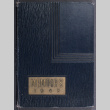
doc
Memoirs 1943 - Minidoka High School Yearbook (ddr-densho-474-48)
Yearbook for the Minidoka High School, property of Starr Urakawa. The school included grades 8-12. Individual students are photographed in senior portraits or class photos. Student activities are represented, including student labor/work experience program ("part-time workers"), May Day royalty, and sports. Student signatures are included throughout the book.
- 1
- 2
